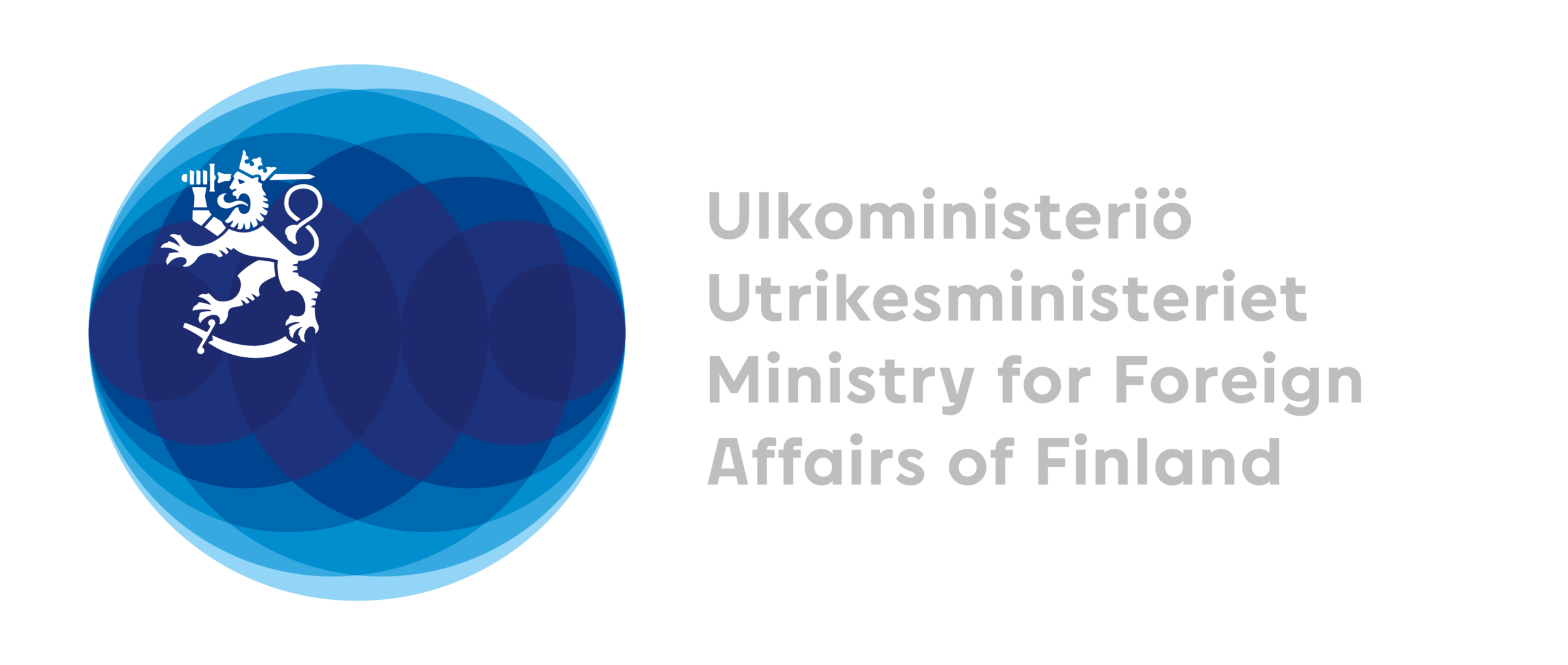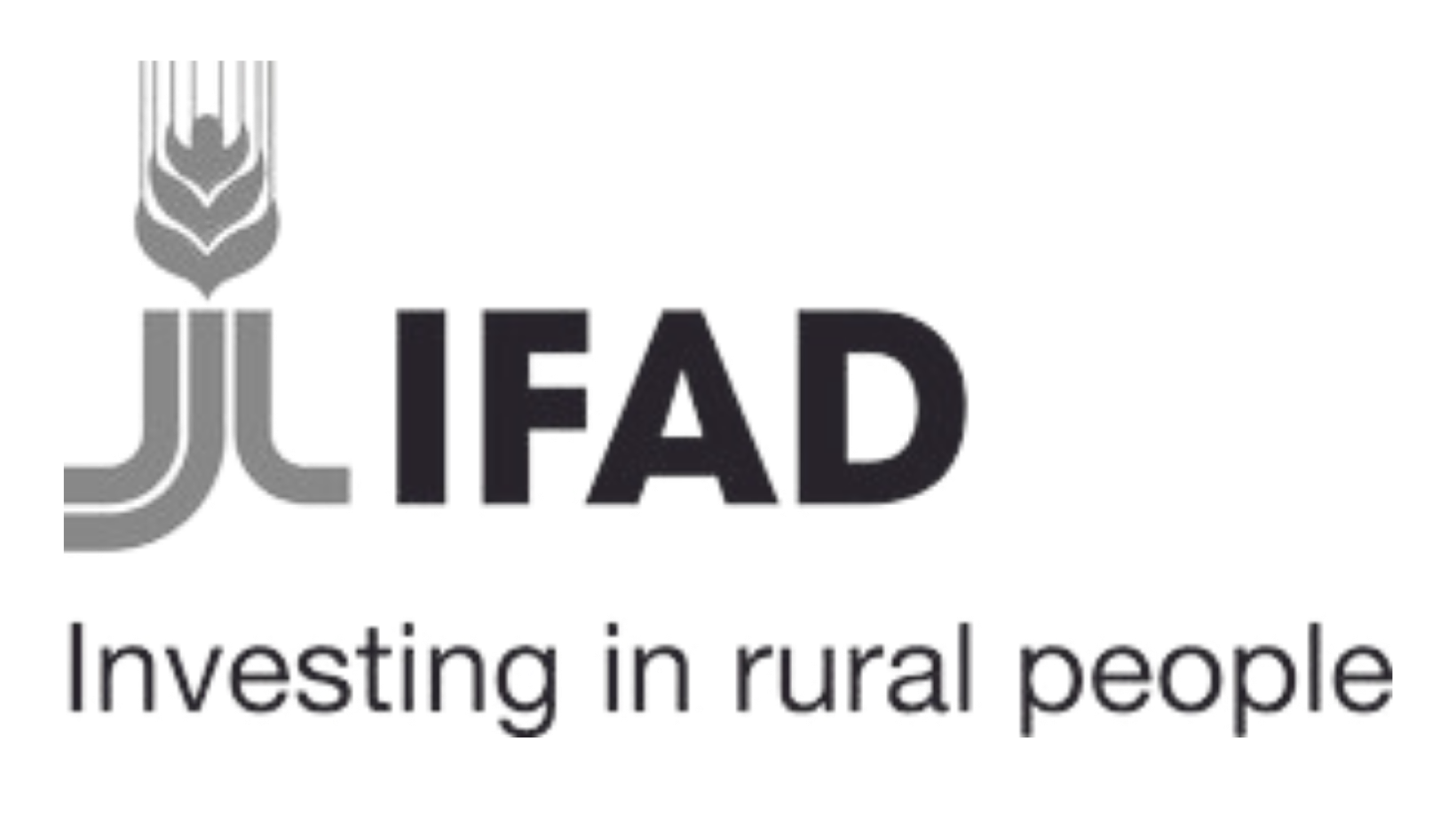Agricord Building Resilience Toolkit Part 1
Frequently Asked Questions
Questions on logistics and facilitation of the workshop
Is the facilitator of each group a participant or a specific co-trainer?
A co-trainer. Two or three qualified co-facilitators are needed to develop three hazards and impact chains simultaneously.
Does a group need to submit one or more forms corresponding to the number of people in the group?
It is good to split the participants into groups according to their specific characteristics (gender, age, vulnerability). In that way one form is enough per group.
What is the ideal number of participants for the workshop? And what is the maximum number of participants for the subgroups?
There is flexibility. Managing more than 50 persons may become challenging and require more than two co-facilitators. You would need to adjust the work method. The number of people per subgroup would be between 5 and 10.
How do we synthesize the outputs of the group, especially if there are varied responses?
Varied responses are good. This shows varied perceptions and opinions coming from people with different characteristics: gender, wealth, age, location, etc. It is important to capture these links as much as possible, consolidate them and mention them in the reporting tables.
Is the facilitator of each group a member of the group (e.g. a selected farmer)?
No, you need co-facilitators for this. If you have three hazards, then you will need 2 extra co-facilitators. Every "hazard station" should have their own facilitator, so normally you would have 2-3 facilitators per workshop. This is a demanding part, so facilitators should be well prepared for it.
What is the ideal duration of the workshop with the farmers?
The duration of 2 days is necessary to deal with the whole chain of impact and the preparation of an action plan outline. Reducing it to one day does not make it possible to deal with an action plan. (Conclusion of the test done in Tanzania).
Questions on the key concepts
Is the concept of an impact chain the same as a value chain?
No, these are very different concepts. A value chain focuses on the production of a commercial good and all the steps and contextual elements. An impact chain, on the other hand, focuses on climate change and how this in different logical steps may lead to an impact on all human activities, resources, production and quality of life.
Should the "other crop diseases or insects" be in sensitivity or Impact? Droughts promote/facilitate these diseases because crops are weak/vulnerable.
Diseases/insects normally go into “other stresses” unless it is clearly demonstrated that it is climate change induced. If that is the case, it is a climate hazard.
I am a bit confused about the concepts of adaptation, prevention, mitigation. Example: fire controlling equipment - prevention; several ponds in forest areas - mitigate impact and can also prevent spread of fire.
Yes, there is an overall confusion in documents on climate change on the word “mitigation”. It is used in two different contexts:
1. To distinguish mitigation of climate change (reducing GHG emissions) from adaptation to climate change. “Mitigation” refers here to slowing the phenomenon of climate change and “adaptation” adapting to it. Mitigation is done through initiatives that reduce emissions of greenhouse gases, whereas adaptation refers to initiatives that allow to better handle the effects of climate change. There are some initiatives, such as planting trees, that allow both mitigation and adaptation at the same time. Trees capture carbon while also reducing negative effects of increased temperature by for example providing shade to crops.
2. In climate risk management, “mitigation of impact or risks” refers to “reduction of impact or risks”.
We try to use mitigation as much as possible only when talking about “mitigation of climate change” and not when talking about “mitigating risks and impact”.
Adaptation is a range of actions that either prevent climate impact, mitigate it or allows farmers to adapt to it?
Adaptation action may be preventive or a reaction to reduce (mitigate) a negative impact. It is very wide: it can be an action to displace an activity (for example stop farming on a particularly dry region) or improve the characteristics of a production (installing an irrigation system, for example), or even to change the crop to a more drought-resistant production. Increasing adaptive capacity (installing sustainable capacity for farmers to come up with renewed solutions: creating an extension service, a credit line or climate insurance, for example) also falls under this wide concept of “Adaptation”.
I would think accessing information through training is a means to improve adaptive capacity by for example identifying and using correctly improved crop varieties. Therefore, training would be an adaptive action in the farmer’s context?
Providing training is building adaptive capacity, and thus also an important adaptation activity.
The degree of sensitivity depends on the adaptation measure even if you are exposed to hazard. Is this correct?
Sensitivity is foremost determined by the characteristics of the farming practice or production, its quality. For example, an old irrigation canal that traverses a steep unstable slope is highly sensitive to mudslides. This can be improved by fixing the canal and stabilizing the slope. In this way, you have reduced its sensitivity. So, even if the exposure to the climate hazard remains the same, sensitivity can be reduced by an adaptation action, in this case fixing the irrigation canal.
Can adaptation be technology, policies (land use), change in practices, investments (infra)?
Yes, it is very wide concept. It involves any action that reduces exposure to the climate hazard, sensitivity, reduces the impact or reduces non-climate factors and stresses. Increasing adaptive capacity also falls under “adaptation”.
What is the difference between “climate trigger” and “climate hazard”?
A trigger is the physical change in climate and/or weather patterns: precipitation, temperature, frequency of extreme events or sea-level rise. A climate hazard is how these triggers materialize: floods, droughts, wildfires, landslides etc.
Sometimes when we are introducing new concepts, it can be hard to explain these scientific notions: there might be a risk that explaining the concepts takes more time and is more challenging than planned/expected. The challenge is to clarify and translate because the trainees might not speak English.
This is indeed one of the biggest challenges for facilitators. It is therefore important for the facilitator to prepare adequately: change the key concepts into “understandable” words (hazard = danger, exposure = contact, sensitivity = quality), as explained in the facilitator’s manual. The facilitator must also translate these to local language(s) and clarify the concepts.
Do you count pests as climate hazards? In Tanzania farmers felt that rising temperature is increasing pests.
Yes, in many cases, climate change creates or increases pests, invasive species, etc. If the participants want to consider a pest as an important climate hazard, then the facilitator should apply the tool methodology on this hazard.
Are technology, policies (land use), change in practices and investments (infra) instruments of adaptation?
Yes, they are.
What is the difference between sensitivity and vulnerability?
Conceptually, sensitivity (characteristics) determines the vulnerability of a group/individual, together with its adaptive capacity (ability to act). So, basically, a farmer’s vulnerability is determined by sensitivity and his adaptive capacity towards climate change. In the real world, there is some overlap between these concepts.
It is sometimes difficult to decide whether a finding is a vulnerability factor or a consequence. For example, in Senegal, rural-urban migration is exacerbated by low yields and therefore low incomes, but it is also a factor of vulnerability. The example of Togo also makes it a factor of vulnerability, with an ageing population in some villages and labour problems for agricultural work.
Yes, climate change is in general a complex problem. Aggravating sensitivity may lead to an increased climate hazard, creating loopholes. Another example of this is deforestation by smallholder farmers. Degrading forest and forest soils because of less precipitation leads in some regions to increased speed of deforestation, leading to an accelerated degradation of forest and soils, leading to an even higher rate of deforestation. The BR-Tool, as for almost all tools, makes a simplified analysis of these problems capturing input from farmers. In general, don’t worry about capturing all the complexities of climate change and its effects on humans. The most important is to register important views of farmers on how they are affected, and the solutions they believe are feasible and effective.
Questions on methodology
How do we select the livelihood when a hazard affects everything e.g. a typhoon affects crops, livestock, processing/manufacturing/agri-processing, vegetables, dairy, etc. Can we take all the livelihoods in the area?
Make a first selection based on the importance of the livelihood component. Generally, agricultural/economic activities. This may be done by relying on participants’ opinions, the focus of the project. Remember we mainly work on agriculture and food systems with our farmers’ organization.
For the examination of climate events and trends, do we only look at the timing and frequency?
It is useful to discuss trends in terms of frequency/duration but also intensity. An event, even a one-off and brief one, can have a strong impact because of its intensity.
When aiming at decreasing sensitivity, shall we focus only the livelihoods such as crops and livestock or also other livelihood components?
Specific agricultural activities (irrigating, for example), infrastructure, natural resources. Say you have a bridge that’s key to access your field, then you need to look at the sensitivity of that bridge: is it flood-resistant? Will it survive the first small typhoon that comes along?
What do “-“ and “+” signs mean in the table on the feasibility of adaptation interventions?
More feasible and less feasible
How do we as an agri-agency and the farmers themselves follow-up on the adaptation plans such as monitoring adoption of measures and implementation, assessing impact. Do you have a method on this?
This will be developed in Part II of the Building Resilience tool, which focuses on FOs and value chains. Indeed, FOs that want to establish an adaptation plan may also have to think about how to follow up the implementation of this plan.
Can you bring adaptive action options already promoted by some organisations in the field, or successful ideas from elsewhere?
Yes, even indigenous and ancestral practices. This part belongs to the FO. Feasibility to use adaptive action in the local context should be studied first. You may cause farmers to risk their livelihood if they test an action and it doesn't work. If you can de-risk the trial, it can be included.
What if adaptation measures contribute for example to higher emissions of GHGs? For example, diversification of livelihood resources, one could decide to become less dependent on arable farming by investing more in livestock, but livestock farming contributes to GHGs. So, mitigation should also become part of this tool, to at least assess the impact of adaptation activities on GHG emissions? Just a reflection.
Yes, sometimes the most efficient adaptation activities can actually increase emissions. Although this not always easy to establish, this needs to be taken into account when selecting adaptation options. These are often called “no-regret” actions. Even if AAs and FOs often have enough technical capacity to identify these “no regret” actions, it is a good practice to document and consult in order to draw up a list of adaptation actions for your farming systems and livelihoods.
Livestock, in some cases, may be a low-emission adaptation option. It depends on what production it replaces, what kind of livestock (poultry, hog, small ruminants, etc.), the intensity of the land-use associated with this production (extensive, intensive), and how the livestock is fed (soy meal, pasture, hay, etc.). In general, livestock production by smallholders is far less GHG-intensive than industrial/intensive meat production.
Would it be possible that farmers cannot identify future hazards and as facilitators we influence them in identifying them (of course based on the projection of the experts/science)?
Especially for future hazards, it is important for you to document this in the workshop. You can do this either by doing research yourself and making it digestible for the participants; or by inviting a local climate resource person (a public servant, a researcher or a professor). In terms of documents, a good place to start from is the Nationally Declared Contributions (NDCs), which gives an overview of future changes, and national references for this information (National Institute of Meteorology, for example).
In analysing risks, we should not only focus on past occurrences but also consider interventions that may have changed the degree of hazards and risks. e.g. to address flooding (flood control was built, planting trees, relocation of houses prone to risks).
Correct. To make observations on the field of adaptation actions that worked (and failed) is one of the first steps for a facilitator/trainer.
How about typhoons? Will it be based on a typhoon category in the risk analysis? Impacts may differ from one category of typhoons to another.
This is the kind of information that the trainer (you) has to document prior to the workshop. Typhoons and hurricanes are a very important climate hazard for many countries. There are many adaptation measures that can be taken: early warning systems, protecting crops, improving government policies on social safety nets, crop insurance or promoting family savings. If you are facilitating in a typhoon-prone region or country, it is indeed very important to document or to invite a knowledgeable person to your workshop.
Is it always possible to find a consensus between the members of a group?
No, it is not always possible. Reaching a consensus or a common view of the problem or solution within different smaller groups might be sufficient. The most important goal in this regard is to capture the different views within the group, or per subgroup (e.g. men think that vegetable production is not that exposed to a climate hazard whereas women think it is very exposed).
Based on scientific and expert projections, would it be possible for the facilitator to assist farmers in identifying the future hazard(s) when farmers cannot identify it/them?
Yes, especially future hazards(s). It is important for you to document this before the workshop. You can do this either by doing research yourself and making it digestible for the participants, or by inviting a local climate resource person (a public servant, a researcher, a professor etc.).
Should the analysis only focus on the livelihoods at risk?
Livelihood at risk is a broad category. So, you can include everything that is important to your livelihood. E.g. Activities on human resources and ecosystems can be relevant. Then as a facilitator you should list every component of livelihoods prior to the workshop. If you want to change the content, please do so, as long as all the important livelihood components are covered in that list.
Is it essential to use the ranking method in the climate risk assessment?
The approach proposed to producers is to assess the probability and importance of the hazard using a rating scale. This is not always easy because everything can appear important to producers. This approach is justified in order to generate discussion on the relative importance of items and specially to see possible differences of opinion among sub-groups of stakeholders. Not all producers are necessarily affected in the same way by a vulnerability factor. The discussion will thus make it possible to bring out concerns that were not highlighted in the overall vision or that need to be examined in greater depth by different subgroups. This ranking will also facilitate the definition of priorities in the analysis of possible adaptations.
What about other stresses, non-climate ones? How far must we go in analysing them?
It is important to work on other stresses if they are very important in the eyes of the producers, as this will be the condition for commitment to adapting to climate change. The different stresses are also complimentary and adaptation efforts must be combined, for example, in the management of natural resources.















